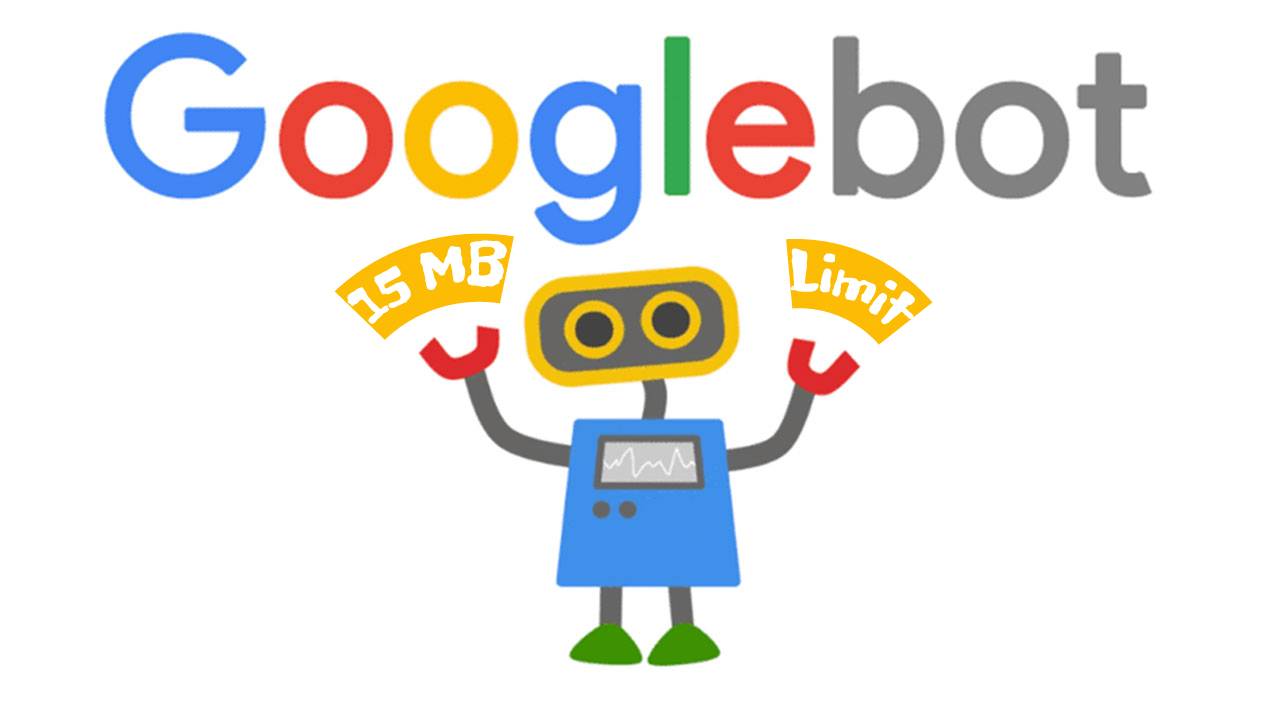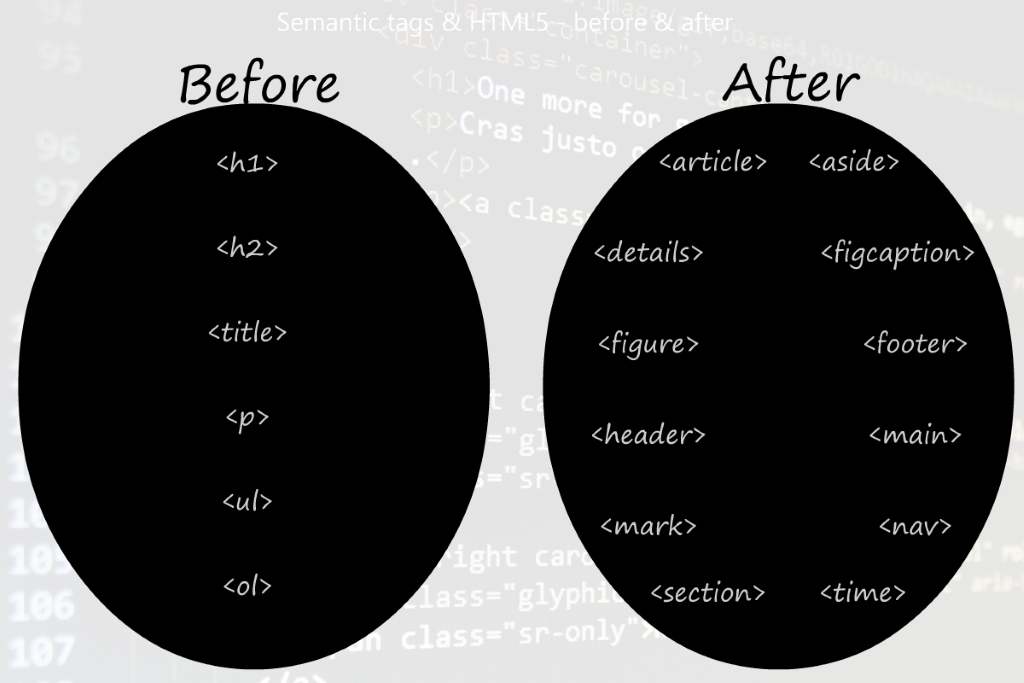Title: Understanding How Googlebot Handles AI Generated Content
Introduction
In the ever-evolving landscape of search engine optimization (SEO), staying up to date with Google’s algorithms and practices is crucial for success. One topic that has been gaining attention is how Googlebot handles AI-generated content. As AI technology advances, more and more content is being created by machines, raising questions about how Google’s crawler, Googlebot, handles and renders such content. In this article, we will delve into insights provided by Google’s Martin Splitt to gain a better understanding of how Googlebot deals with AI-generated content.
The Process of Webpage Rendering
Before diving into how Googlebot handles AI-generated content, it’s essential to understand the process of webpage rendering. Webpage rendering involves downloading and combining HTML, images, CSS, and JavaScript files to create a webpage. Googlebot follows a similar process, downloading these files to render a webpage accurately.
Quality Control and AI Content
During a webinar called “Exploring the Art of Rendering with Google’s Martin Splitt,” a question was raised about the impact of AI-generated content on Google’s ability to render pages during crawling. Martin Splitt shed light on how Google handles AI-generated content and the role of quality control in the process.
Martin explained that Google performs quality detection at multiple stages, regardless of whether the content is AI-generated or human-created. The aim is to identify low-quality content early on and avoid unnecessary rendering. If Google determines that a webpage contains poor-quality content before rendering, there is no point in investing resources into rendering it.
Google uses various criteria to assess content quality, and in many cases, JavaScript is not needed to determine if content is of low quality. If Google identifies the page as subpar, including AI-generated content, rendering may be skipped altogether. If the page appears empty, Google may attempt rendering, but if the rendered content is deemed inadequate, it will be classified as low quality.
The Role of Quality Detection Algorithms
Martin Splitt’s comments align with Google’s approach to quality detection, which applies to both AI and human-generated content. Interestingly, Google has developed algorithms to detect low-quality content, and these algorithms have proven effective in identifying machine-generated content as well. Although the algorithms were not specifically designed for AI detection, they automatically detect low-quality AI-generated content.
In a research paper titled “Generative Models are Unsupervised Predictors of Page Quality: A Colossal-Scale Study,” Google’s researchers discuss a quality detection algorithm that outperforms a baseline supervised spam classifier. The algorithm identifies language quality and has demonstrated effectiveness in detecting low-quality machine-generated content.
Google’s commitment to improving search results with the “Helpful Content” algorithm further emphasizes their focus on quality detection. This algorithm aims to present users with helpful content created by people. While not explicitly designed for AI content, the algorithm’s ability to identify low-quality machine-generated content indicates Google’s dedication to maintaining high-quality search results.
Conclusion
Understanding how Googlebot handles AI-generated content is essential for SEO professionals and website owners alike. Martin Splitt’s insights provide valuable information on how Google’s crawler processes and renders webpages containing AI-generated content. Through quality detection algorithms and a commitment to helpful content, Google strives to ensure that search results deliver relevant and valuable information to users.
As AI technology continues to evolve, it is crucial to stay updated on Google’s practices and adapt SEO strategies accordingly. By focusing on quality content creation and providing value to users, website owners can enhance their visibility in search results and establish a strong online presence.




